Colors / Beige
Evil dressed in sheep’s clothing
Andrea Codrington
“Colors” is a column in which a writer responds to a specific color assigned by the editors of Cabinet.
Beige is the color of evil, or at least that’s what Aaron Priven thinks. Priven, the author of the Internet’s only website dedicated to that most unassuming of hues, writes:
Most people think if colors have attributes such as good or evil, that the color of evil is either the red of arterial blood gushing from a wound, or the deepest black of the darkest night sky. While these are certainly evil colors, they are not as evil as beige. ... The most evil color has to appear benign.[1]
Priven might just have a point.
At first blush, of course, the color beige might have all kinds of comforting associations—from oatmeal, that pabulum of wintertime childhoods, to a worn-to-softness pair of trousers. But beige is also the color of deceit and oppression. Khaki, after all, originated in mid-19th-century colonial India, where it took its name from the Urdu term for “dusty.” It was in the altogether different—but no less exotic—locale of Transvaal that the British first realized that donning dun-colored uniforms while fighting the Boer locals would help them sneakily blend into their dried-out South African surroundings. Thereafter, khaki replaced regimental blues and reds and became a military staple the world over—as well as the building block of any hot-climate camouflage pattern.
One can easily find other examples of beige’s pernicious ability to blend into the background at the political and socio-cultural level. Just consider the Hannah Arendt–John Mellencamp continuum.
What does a German-born, left-leaning political critic hold in common with a hard-living Midwestern rock star? Arendt, whose 1963 book Eichmann in Jerusalem gives a first-hand account of the trial of Nazi war criminal Adolf Eichmann, was one of the first 20th-century thinkers to set forth the idea that evil was represented as much in this world by banality as by anything that could be called sinister. She based this observation on Eichmann’s behavior during the trial, which was marked by total thoughtlessness: cliché speech patterns, a lack of critical ability, and unthinking obedience to authority. (As a Nazi, of course, Eichmann also tended to wear beige uniforms.)
Exactly 30 years later, John Mellencamp came out with a song that further implicated the relationship between banality, evil, and the color beige:
It’s just beige to beige
That’s all it is these days,
Little windows for you to crawl through.
You just do what’s expected of you.
It’s just beige to beige to beige
These days.
Of course, Mellencamp’s formula that routine (“beige”) equals constraint equals evil is a rock-and-roll staple. It is also at the very core of the advertising techniques that drive contemporary consumerism, as Thomas Frank has pointed out in The Conquest of Cool. “Commercial fantasies of rebellion, liberation and outright ’revolution’ against the stultifying demands of mass society,” he writes, “are commonplace almost to the point of invisibility in advertising, movies and television programming.”[2]

In a cultural moment predicated on visual flamboyance, beige is indeed the enemy. It is a truism that when the economy is doing well, colors brighten (hence the Great Depression’s nickname as the “Taupe Age”). According to the Color Marketing Group, the country’s most influential color forecasting organization, colors like Mazenta (“A new twist on magenta that leaps from retro right into the future”) and Fuschion (“An active, unisex pink that is both sporty and glamorous”) will be dominant in 2001—which leaves beige beyond the pale.
Apple Computers, one of the most obvious progenitors of the consumption-as-rebellion method of advertising, is now in the position of distancing itself from decades of cranking out what tech aficionados disparagingly term “beige toasters.” These days, Apple heralds each season with a splashy introduction of new colors for its lollipop-reminiscent iMac. An inter- view with iMac designer Jonathan Ive on Apple’s website even bears a headline that reads “Sorry, no beige”—thus shifting blame from the company to the color. (Interestingly, when German designer Hartmut Esslinger first created the orig- inal Macintosh in 1984, the company lovingly referred to the beige box as “Snow White.”)
Of course to every revolution there is a counter-revolution, and recent years have seen a return of low-key colors in fashion. But far from representing suburban normality or old-school comfort, high- style beige is all sharp tongue and urban angularity. “Beige is like the martini of color,” says New York–based club organizer Erich Conrad in a 1997 Esquire article called “Ecru Brut.” “It’s quiet but toxic.” There is certainly some evidence to the contrary. Those frenetic jitterbugging commercials for Gap Khakis seem to reposition beige as the methamphetamine of color. But whatever your poison, too much of either might land you in the infirmary. And according to Sir Elton John—who knows a thing or two about substance abuse and sartorial extravagance—beige is one color that should be kept in the clinic. At a VH-1 Fashion Awards show a few years ago, John spoke out against “boutiques looking like hospitals, selling a lot of beige suits.”
Evil. Toxic. Hospital-like. Could these terms really apply to a hue that Webster’s describes as “the color of undyed wool?” Could the wolf really be dressed in sheep’s clothing? A quick numerological evaluation of color chip 468C in Pantone’s ubiquitous matching system reveals an astounding answer. Adding the color’s three numbers amounts to the number 18. And we all know that the number 18 results when you combine 6 + 6 + 6.
- See www.priven.com/aaron/writings/beige.html
- Thomas Frank, The Conquest of Cool: Business Culture, Counterculture, and the Rise of Hip Consumerism (Chicago: University of Chicago Press, 1997), p. 4.
Andrea Codrington is a New York–based writer specializing in design and visual culture. She is editorial director at the American Institute of Graphic Arts and a frequent contributor to the New York Times, Harper’s Bazaar, and I.D.